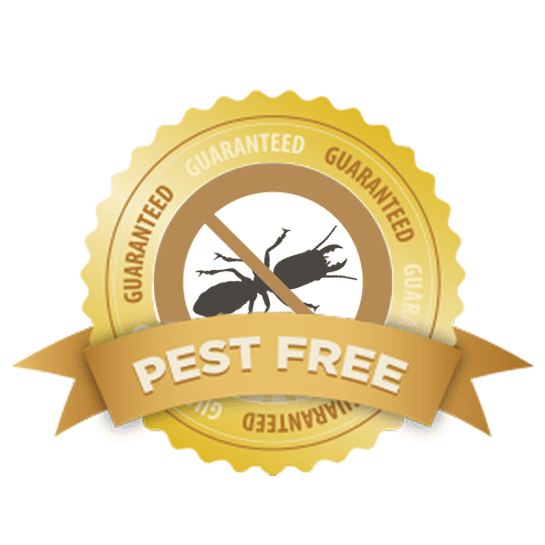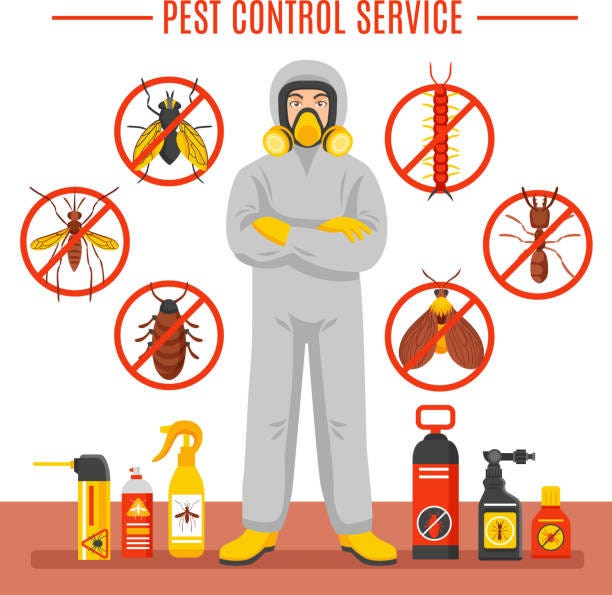Bed Insect Therapy Malfunction: Comparing Chemical Vs. Non-Chemical Solutions
In the realm of pest control, especially when handling the relentless concern of bed bugs, the selection between chemical and non-chemical therapy options can be an essential one. Both approaches offer unique benefits and disadvantages, influencing elements such as efficiency, safety factors to consider, and total expense. By analyzing the nuanced details of each technique, a more clear understanding of which course to pursue in dealing with a bed insect problem can be attained.
Efficiency of Chemical Treatments
Chemical therapies for bed insect invasions have actually been widely recognized for their potent and quick efficacy in eliminating these pests. When considering the efficiency of chemical treatments, it is vital to comprehend that they can offer a thorough and quick remedy to a bed pest issue. Professional pest control men typically count on insecticides to target bed pests at numerous phases of their life cycle, including grownups, eggs, and nymphs. These chemicals generally work by interrupting the bed pests' worried system, causing paralysis and ultimate fatality.
In addition, chemical therapies have the advantage of offering residual effects, suggesting that they can remain to remove bed insects also after the preliminary application. This residual activity is particularly useful in combating any potential re-infestations. Additionally, the quick action of chemical treatments can bring alleviation to individuals facing extreme bed insect infestations, enabling them to reclaim control of their space swiftly.
Safety Interest In Chemical Solutions
One essential aspect that calls for careful consideration when utilizing chemical options for bed insect therapy is guaranteeing the safety and security of passengers and the atmosphere. Exposure to certain chemicals used in bed bug therapies can lead to breathing issues, skin irritability, or other damaging reactions, particularly in individuals with pre-existing problems or sensitivities.
Moreover, the ecological influence of chemical options is one more significant factor to consider. Some chemicals used in bed insect therapies may be unsafe to useful insects, wildlife, and communities if they seep right into the dirt or water supply. It is necessary to make use of chemical treatments sensibly, following safety and security guidelines, and thinking about less hazardous choices to alleviate these threats and make certain the risk-free and efficient management of bed bug invasions.
Benefits of Non-Chemical Strategies
Thinking about the potential safety and security issues and ecological effect linked with chemical remedies for bed insect therapy, checking out non-chemical techniques presents an encouraging alternative with several unique advantages. Non-chemical therapies are environmentally pleasant, as they do not add to air or water air pollution, making them a sustainable option for pest control.
Furthermore, non-chemical remedies can be effective in targeting bed insects, including hard-to-reach locations where chemical therapies may not penetrate. Techniques such as warmth therapy, vacuuming, heavy steam cleaning, and useful source cushion encasements offer extensive obliteration without the usage of dangerous chemicals. Moreover, non-chemical methods can be much less disruptive, calling for very little prep work and permitting quicker reentry into treated areas. Overall, going with non-chemical bed insect treatment approaches not only prioritizes security and environmental defense but likewise guarantees comprehensive and efficient pest control.
Limitations of Non-Chemical Treatments

In addition, non-chemical therapies typically require several applications to achieve effective eradication. This can be taxing and might not always ensure full removal of all bed pests and their eggs, especially in hard-to-reach or hidden places.
In addition, the success of non-chemical therapies greatly counts on correct execution and thoroughness, local exterminators which can be testing for individuals without specialist experience. Inadequate application of non-chemical approaches may lead to incomplete removal, causing relentless invasions and the demand for added treatments.
For that reason, while non-chemical treatments have their advantages, it is important to recognize these limitations and consider them when establishing the most effective approach for taking care of bed pest invasions.
Price Comparison: Chemical Vs. Non-Chemical Options
Given the limitations related to non-chemical therapies, a necessary aspect to review in the context of bed insect monitoring is the cost comparison in between chemical and non-chemical options. Chemical treatments commonly entail the application of pesticides by professionals, which can vary from $250 to $900 per space, depending on the severity of the infestation and the dimension of the location to be treated. On the other hand, non-chemical therapies like warm treatment or heavy steam can be much more expensive, with prices varying from $1,000 to $6,000 for a whole home. While the first cost of chemical therapies might appear reduced, numerous therapies may be called for to totally remove the invasion, possibly boosting the overall cost. On the various other hand, non-chemical choices may provide a much more sustainable and environmentally friendly service, although they can be cost-prohibitive for some individuals. Inevitably, when thinking about the price of bed pest treatment options, it is very important to evaluate the upfront expenditures versus the effectiveness and lasting sustainability of the picked method.
Verdict

Considering the prospective security issues and ecological influence linked with chemical remedies for bed bug therapy, discovering non-chemical strategies presents a promising option with several unique benefits.Given the restrictions associated with non-chemical therapies, a crucial aspect to examine in the context of bed bug management is the expense contrast between chemical and non-chemical alternatives. In contrast, non-chemical treatments like warm therapy or heavy steam can be extra costly, with prices varying from $1,000 to $6,000 for an entire home. While the initial cost of chemical treatments might appear lower, numerous treatments might be called for to fully remove the invasion, possibly boosting the overall expense.In final thought, when comparing chemical and non-chemical bed insect treatment alternatives, it is vital to take into consideration effectiveness, security, benefits, restrictions, and cost.
Comments on “A1 Bed Bug Exterminator Charlotte - Specialized Bed Bug Elimination”